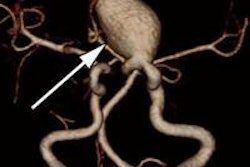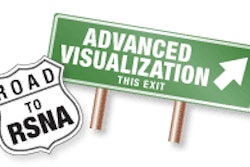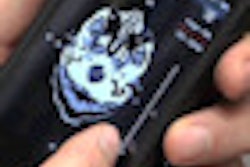Previous studies have indicated that radiologists using CAD to find pulmonary nodules on chest radiographs can have difficulty distinguishing true- from false-positive candidates, according to the researchers. Studies have calculated that 19% to 26% of visible lung cancers are missed on chest radiographs, said Dr. Steven Schalekamp of Radboud University Nijmegen Medical Centre in the Netherlands.
Bone suppression algorithms have recently been developed that can help prevent bones such as the ribs from obscuring nodules, but few studies have investigated what happens when bone suppression and CAD are used together.
"It has been known that CAD systems have higher sensitivity and lower false-positive rates when used on bone-suppressed images," Schalekamp told AuntMinnie.com. "But the added value of a CAD system on reader performance, when chest radiographs are read with help of BSI, is unknown."
The researchers asked five radiologists and three residents to review 300 chest x-rays for the detection of nodules, scoring both nodule location and their confidence level that pathology was present. In all, 111 x-rays had CT-proven solitary pulmonary nodules, while 189 were negative. Cases were read both with and without a commercially available CAD algorithm (ClearRead +Detect, Riverain Medical) and a commercially available bone suppression software package (ClearRead Bone Suppression 2.4, Riverain).
The performance of the readers increased significantly with the use of CAD, going from a sensitivity of 74% with 0.25 false positives per image without CAD to 80% with 0.33 false positives per image with CAD. CAD also improved the sensitivity of radiologists with bone-suppressed images; lung nodule detection sensitivity rose from 70.3% with bone suppression to 73.0% with CAD added.
The findings suggest that lung nodules can be more accurately detected with CAD in chest radiography, even when studies are read with bone suppression imaging, leading to earlier detection of lung cancer and better patient management, the researchers concluded.



















